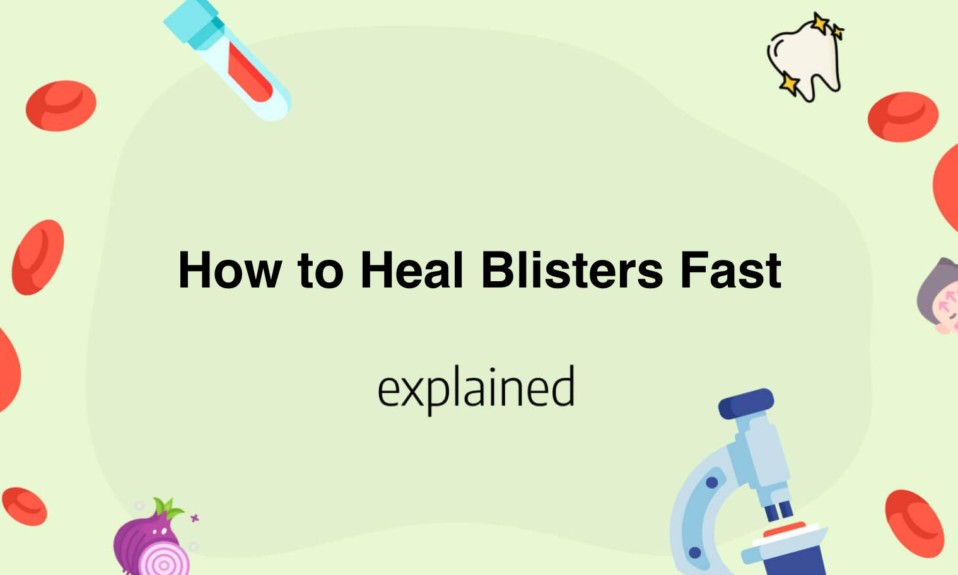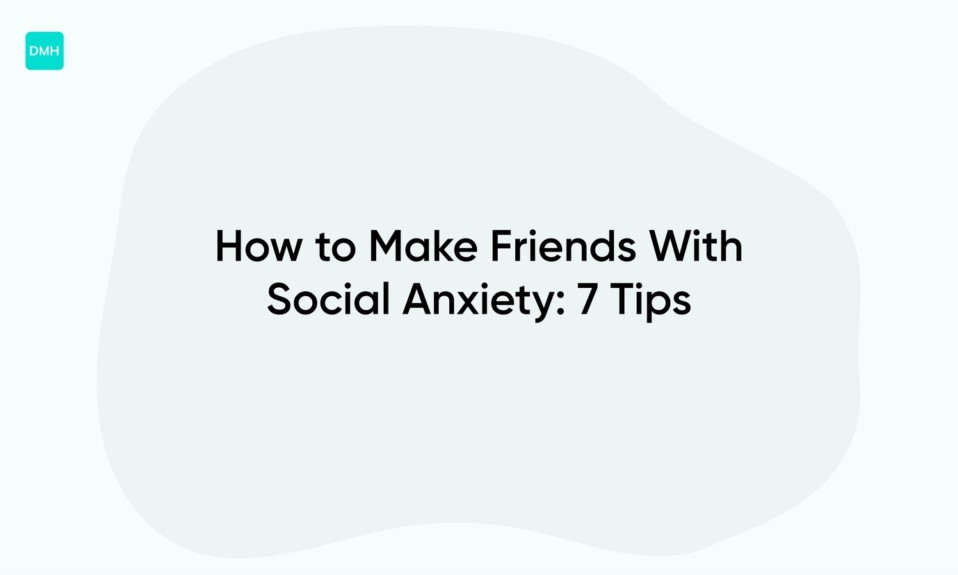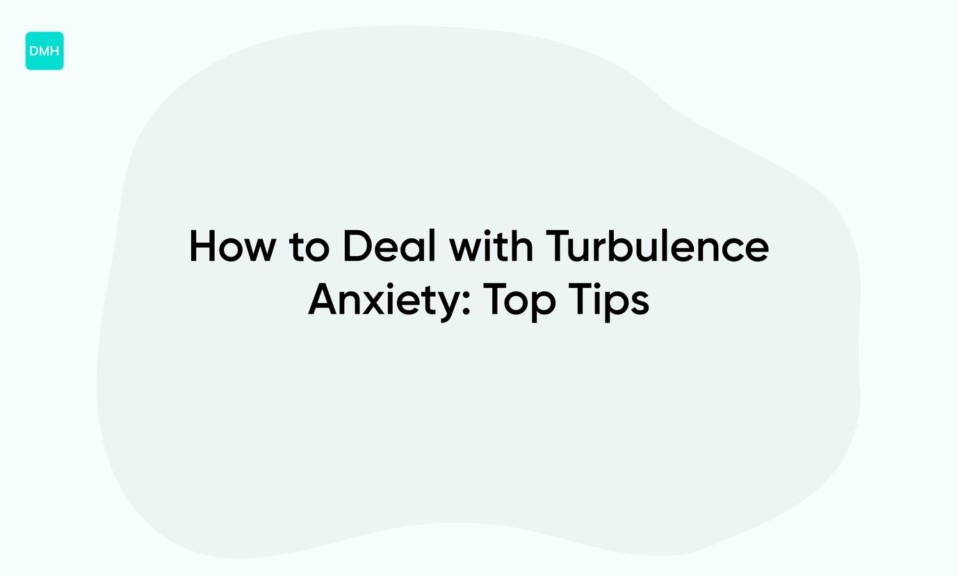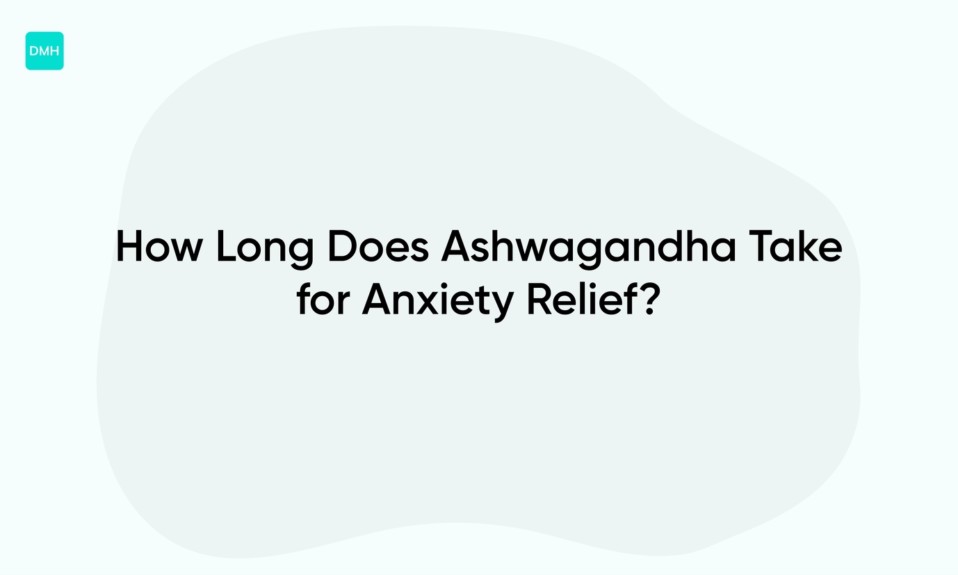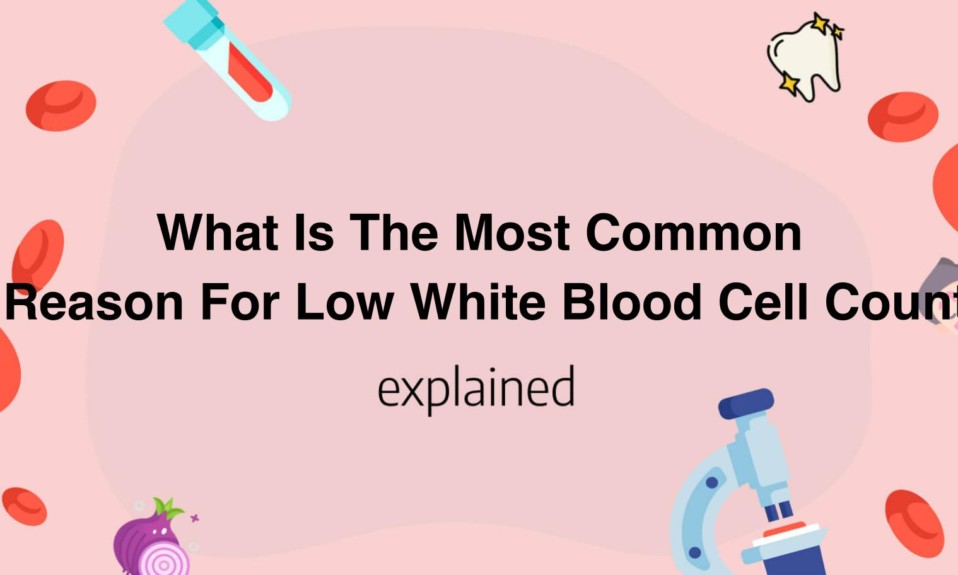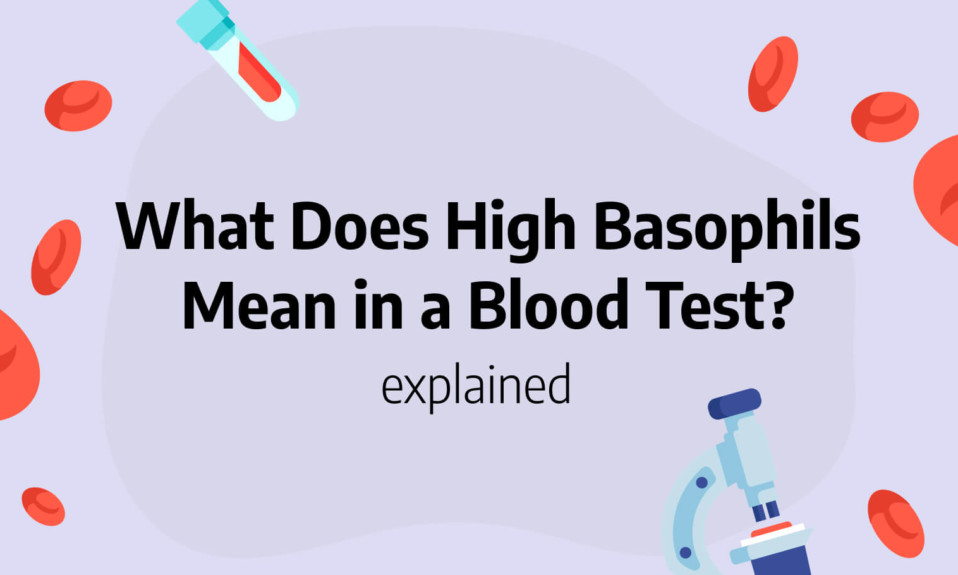Blisters are a common skin problem that many people experience.
Whether caused by friction, burns, or insect bites, blisters can be uncomfortable and painful.
If you want to know how to heal blisters fast, there are many natural remedies and over-the-counter products that can help.
In this article, we’ll discuss the top tips for treating and preventing blisters, as well as the best products to use for fast and effective relief.
- Keep the blister area clean to prevent further infection
- Apply an antibiotic ointment or cream to speed up healing
- Hydrocolloid bandages can create a moist environment which aids healing
- Avoid popping the blister or peeling off the overlying skin
- Use a cold compress to alleviate pain and swelling.
Understanding Blisters: Symptoms, Causes, and Prevention
Blisters are fluid-filled sacs that can develop on the skin.
They are often painful and can be a sign of various underlying medical conditions.
The symptoms of blisters include swelling, tenderness, and redness around the affected area.
They can be caused by various factors including friction, burns, insect bites, or allergic reactions.
Certain medical conditions such as herpes and chickenpox can also cause blisters.
Prevention is the best way to deal with blisters.
Wearing well-fitting shoes and socks that do not cause friction can prevent blisters on the feet.
If you need to wear new shoes, it is essential to break them in before wearing them for prolonged periods.
Blisters on the hands can be prevented by wearing gloves when performing tasks that require repetitive motion like gardening and cleaning.
Applying protective padding to areas prone to blistering like the hands and feet can also prevent blister formation.
In case of blister formation, it is essential to provide proper care.
- Firstly, avoid the temptation to pop the blister because it can lead to infection.
- Instead, use a sterilized needle and pierce the blister at the base to drain the fluid out.
- Apply an antibiotic cream and cover the blister with a bandage.
- The bandage should be changed daily, and the blister should be kept clean and dry to avoid infection.
In some instances, medical attention may be required, especially if the blister is caused by a medical condition.
In conclusion, blisters are a common skin condition that can occur due to various factors.
Proper prevention, including wearing appropriate clothing and protective gear, is crucial.
Whenever a blister forms, proper care should be taken to prevent it from becoming infected.
While blisters can be painful and unsightly, they are rarely severe and can be treated with home remedies.
However, if you notice signs of infection like redness, discharge, or warmth around the blister or have recurring blisters, it is wise to seek medical attention.
The Best Home Remedies for Healing Blisters
Blisters can be a real pain, but the good news is there are plenty of home remedies that can help you heal them quickly.
One of the most effective remedies is aloe vera.
This plant has natural anti-inflammatory properties, which makes it ideal for soothing irritated skin.
Simply apply fresh aloe vera gel to your blister and let it dry.
You can also mix the gel with some vitamin E oil to help speed up the healing process.
Another great home remedy for blisters is tea tree oil.
This essential oil has powerful antiseptic properties that can help prevent infection and reduce inflammation.
Just mix a few drops of tea tree oil with some carrier oil, like coconut or olive oil, and apply it to your blister.
You can also dab a cotton ball soaked in tea tree oil directly onto the blister.
When it comes to preventing blisters, it’s important to wear properly fitting shoes that don’t rub or pinch your feet.
If you do get a blister, resist the urge to pop it.
This can cause the blister to become infected and slow down the healing process.
Instead, cover the blister with a bandage to protect it and reduce friction.
If the blister does pop on its own, wash the area with soap and water, apply an antiseptic cream, and cover it with a bandage.
In addition to these home remedies, there are a few other things you can do to help speed up the healing process.
Elevating the affected area and applying a cold compress can help reduce swelling and promote healing.
Keeping the affected area clean and dry is also important, as moisture can slow down the healing process.
By using these home remedies and taking a few preventative measures, you can heal your blisters quickly and keep them from coming back.
How to choose the Right Treatment for Blisters
When choosing the right treatment for blisters, it is important to assess the severity of the blister and the underlying cause.
Small blisters, caused by friction or burns, can typically be treated at home with over-the-counter remedies.
One effective treatment is to clean the affected area with soap and water, apply an antibiotic ointment, and cover the blister with a bandage.
This will protect the blister from further irritation and speed up the healing process.
It is also important to avoid popping the blister, as this can increase the risk of infection.
For larger blisters or those that are caused by a medical condition, it is recommended to seek medical attention.
A healthcare professional may prescribe medication or recommend other treatments such as draining the blister or using a special dressing to promote healing.
In some cases, the underlying condition may require additional treatment, such as antibiotics or surgery.
When selecting blister treatments, it is also important to consider the location of the blister.
For example, blisters on the feet may require special care to prevent further irritation, such as using padding or wearing shoes that fit properly.
Blisters on the hands may require special attention due to the risk of further injury or infection.
In addition to treating the blister itself, it is also important to address any underlying factors that may have led to the blister.
This may include wearing properly fitting shoes, using protective equipment during sports or other activities, or taking breaks to rest when engaging in repetitive motions.
By addressing these underlying factors, individuals may be able to prevent future blisters from forming.
In conclusion, when choosing a treatment for blisters, it is important to assess the severity of the blister, the underlying cause, and the location of the blister.
Whether treating at home or seeking medical attention, it is important to address any underlying factors to prevent future blisters from occurring.
Read also: How to Pull Out a Tooth Easily
Proper Hygiene to Prevent Blisters from Forming
Proper hygiene is essential for preventing blisters from forming.
One of the most important things to keep in mind is to keep your feet dry.
This means changing your socks frequently, especially if you sweat a lot.
It’s also important to wear shoes that fit well and are comfortable.
Shoes that are too tight can cause friction between your toes and the shoe, leading to blisters.
Another tip is to apply moisturizer to your feet regularly.
Dry, cracked skin is more prone to forming blisters.
Additionally, take the time to inspect your feet regularly.
Look for any redness, swelling, or areas that are more sensitive to the touch.
Catching a problem early can prevent it from becoming a bigger issue later on.
If you do develop a blister, there are a few things you can do to expedite the healing process.
First, it’s important to keep it clean to prevent infection.
Wash the area with soap and water, and cover it with a bandage or blister pad.
This will help protect it from further irritation.
Avoid popping the blister, as this can introduce bacteria and make the healing process take longer.
If the blister does pop on its own, make sure to clean the area thoroughly and apply a fresh bandage.
Remember that proper hygiene isn’t just important for preventing blisters, but for overall foot health as well.
It’s also worth noting that some people are more prone to developing blisters than others.
If you find that you’re constantly battling blisters, consider investing in specialized socks or inserts that can help reduce friction.
Ultimately, taking care of your feet is an essential part of taking care of your overall health.
You’ll also like: How to Fix a Cracked Tooth Naturally
Footwear and Clothing Choices that Help Prevent Blisters
When it comes to preventing blisters, choosing the right footwear and clothing is crucial.
First of all, it is important to make sure your shoes fit properly.
Avoid shoes that are too tight or too loose, as they can cause friction and rubbing.
Make sure they provide enough support and cushioning, especially if you’re doing a lot of walking or running.
Choose shoes made of breathable materials, such as mesh or leather, to allow for air circulation and prevent excess moisture.
Wearing socks is also important, as they help to absorb sweat and reduce friction.
Opt for socks made of moisture-wicking materials, such as synthetic blends or wool, and avoid cotton socks, which can retain moisture and contribute to blisters.
In addition to footwear, clothing can also play a role in preventing blisters.
Avoid clothes that are too tight or have rough seams, as they can cause friction and irritation to the skin.
Choose clothes made of breathable and stretchy materials, such as spandex or polyester blends, to allow for freedom of movement and air circulation.
It is also important to dress appropriately for the weather, wearing lighter materials in hotter weather and layering up in colder weather to prevent sweat buildup and chafing.
Finally, it is important to remember that prevention is key.
If you are prone to blisters, consider applying moleskin or blister pads to areas of your feet that are prone to rubbing before putting on your shoes.
You can also apply petroleum jelly or other lubricants to areas of skin that are prone to blistering, such as the heels, to reduce friction.
Be sure to take breaks and rest your feet if you’re doing a lot of walking or standing, and change into dry socks and shoes if your current ones become wet or sweaty.
By taking these steps to prevent blisters, you can enjoy your favorite activities without being held back by painful blisters.
Read also:

